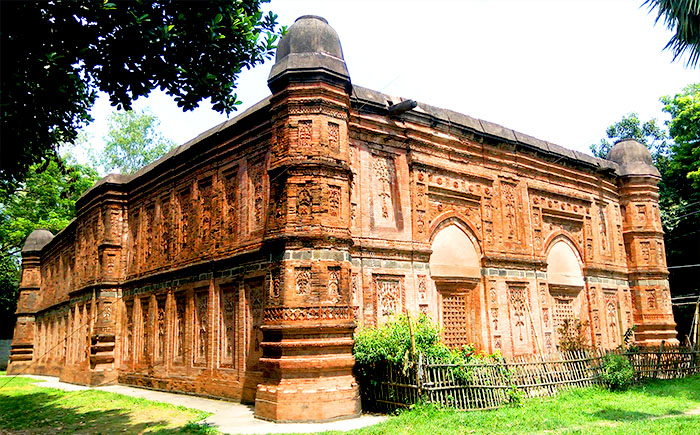
The Bagha Mosque is a Mughal era mosque remarkable for its exquisite striking terracotta ornamentation in an ideal architectural elegance. The terracotta consists of both vegetal and floral themes with occasional chain and bell styles. The brickwork of Bagha Mosque is made from lime, stone plinth, lintels, and pillars. It occupies an area of 48.77 square meters located at a distance of about 40 km from the city of Rajshahi. The mosque was founded by the Husayn Shahi Sultan, Nasiruddin Nusrat Shah in 1523-24 A.D. This mud-brick built mosque is now a protected monument of the Department of Archaeology of Bangladesh. The Mosque was also renovated by the Department of Archeology after the earthquake which strikes the country in 1897.
The mosque is built with 4 arches which are adorned with great artwork. It has a total of 10 domes, 4 tall minarets, and 5 entrances. The mosque is surrounded and secured with high walls. There is a huge lake beside the Mosque which is also a place frequently visited by locals and a cemetery on the other side. Moreover, there is a Mazar Sharif (tomb of a Saint) next to the Mosque. Nowadays, the Mosque premises can be accessed by two old arched gateways, on the north and south respectively.
The four peripheral approaches of the Mosque are accentuated with octagonal towers and capped with geometric solid domes. The cornice of the Mosque is curved agreeing to the Bengali custom.
The inside of the Mosque is alienated into two longitudinal aisles and five inlets in a row of four stone pillars which results in ten independent tetragonal partitions, each being covered by an inverted cup-shaped dome. The domes are supported by interconnecting curvatures springing from stone pillars.
There is a sum of five Mihrabs (Niches) inside the Bagha Mosque premises, the first one is opposite the main entrance, two of them are near the southern entrances, and as an alternative to a fourth Mihrab on the northern side, there is an exquisitely designed panel. The fifth Mihrab is rather smaller and positioned on the top, signifying the presence of a gallery on that corner. The gallery was mostly reserved for royals and high officials. A paved tank was also discovered outside the Mosque during excavation work in 1997. It has stairs on three flanks and a tunnel connecting it to the Mosque.
One panel in the eastern portico is bordered by a frame of vines and contains an exuberant floral arch. It is fascinating to note that the supplementary prayer chamber built by means of a raised platform in the north-west corner in the Mosque was an exclusive galleria for the then ruling sultan. This kind of exceptional prayer chamber, seen in some other Bengal mosques, seems to have been destined as a substitute of Maqsura - a feature introduced in the Mosque structural design in early Islam for the wellbeing of the Caliphs. This certain feature of the Bagha Mosque has given it prestige as a Jami mosque.
This is a historic place now widely explored by visitors.
Interestingly, there is a national park of Shahdaula and his five companions on the north side of the Mosque grounds.
In the area adjacent to this mosque, a gathering known as 'Baghar Mela' is organized every year from the day of Eid-ul-Fitr and lasts for three days. This fair has a tradition of 500 years.

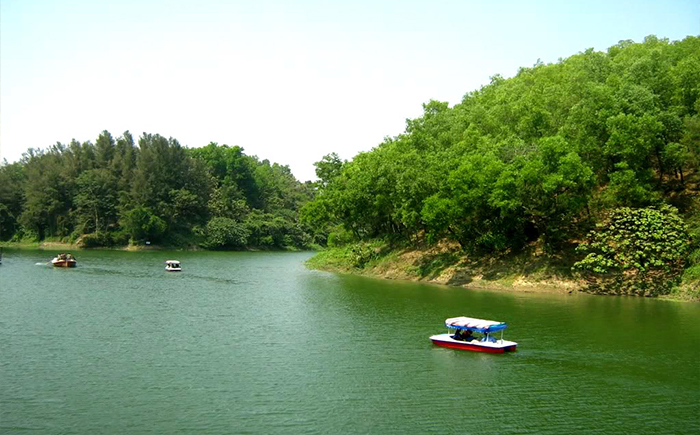
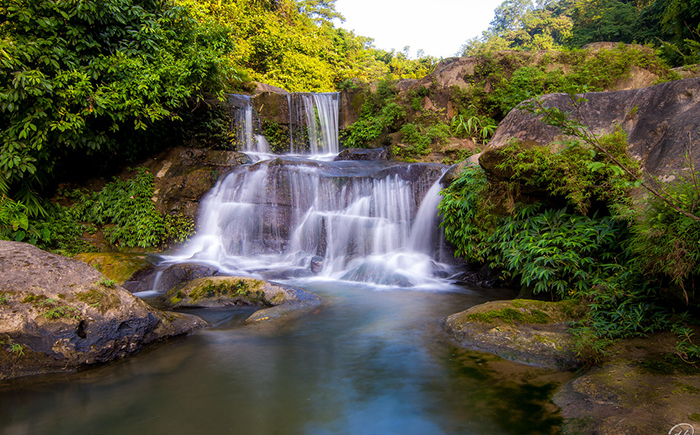
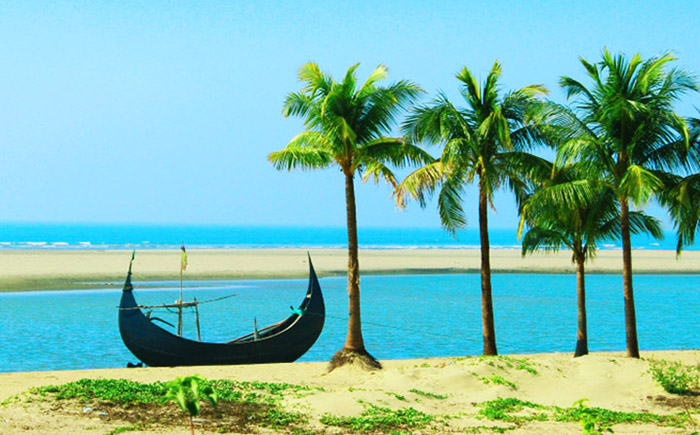
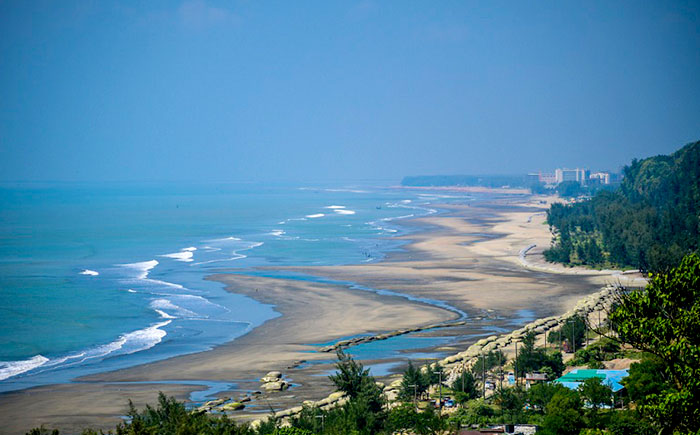
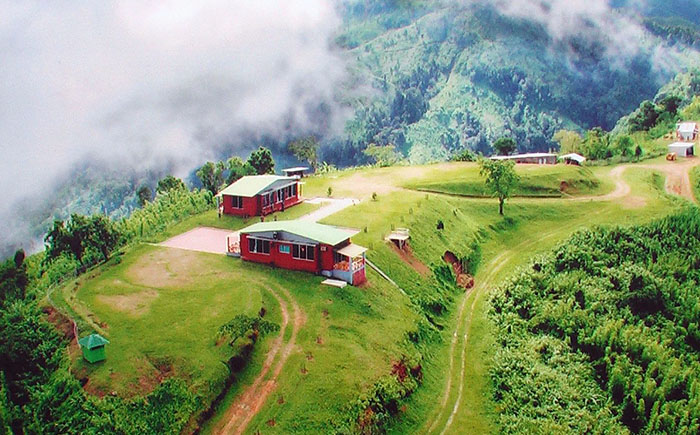
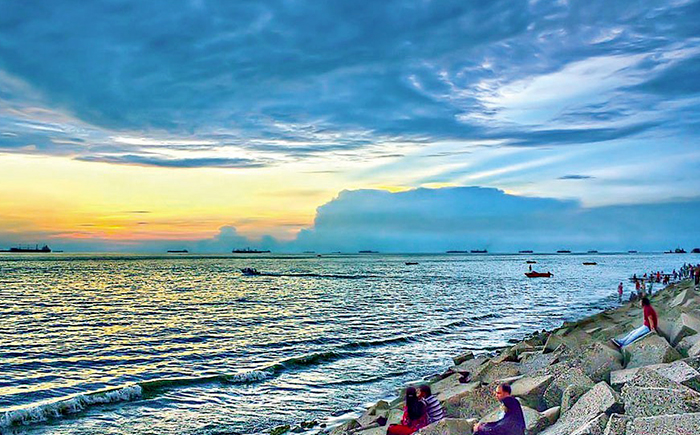


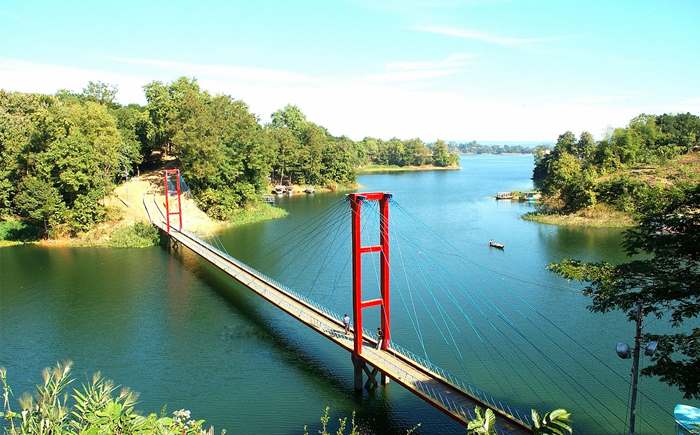
-2024-02-11-18-57-33.jpg)

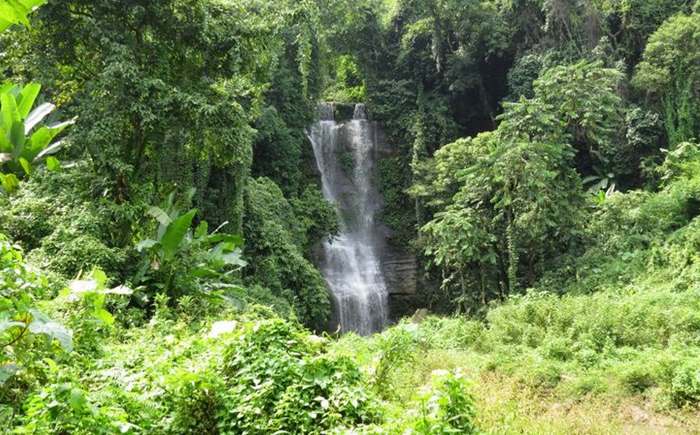
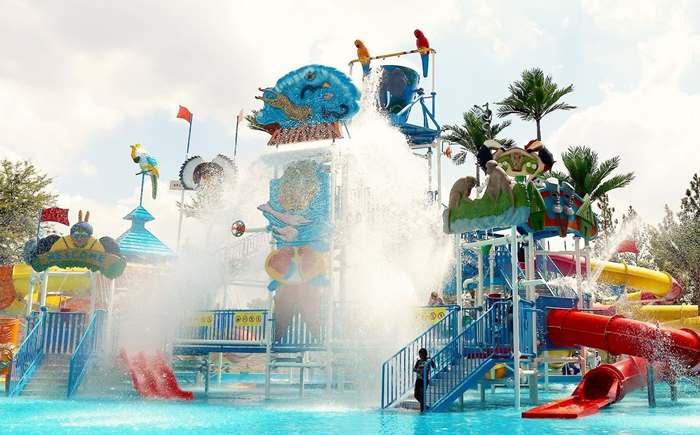
Leave your valuable comments: